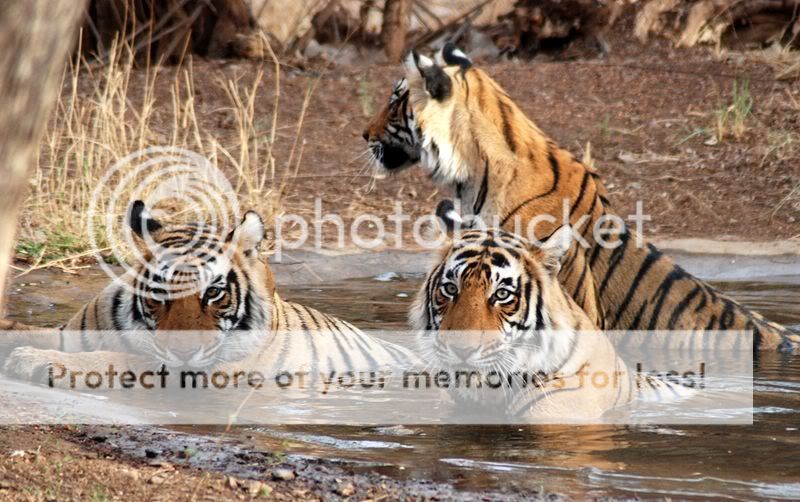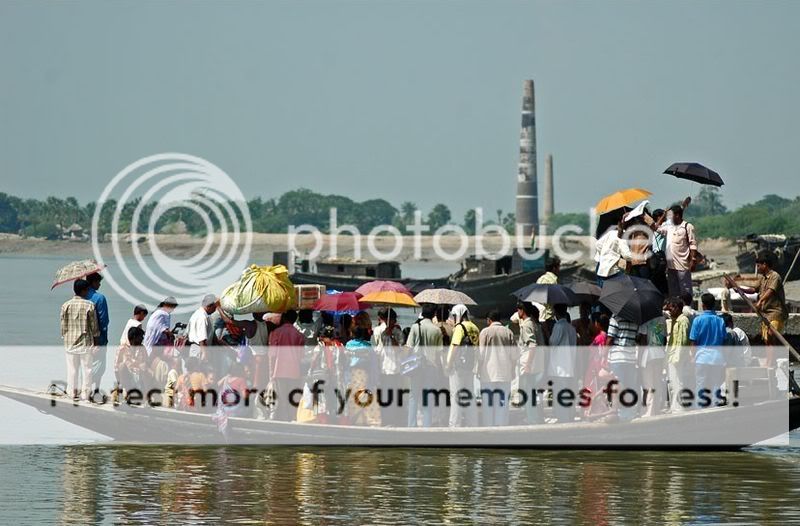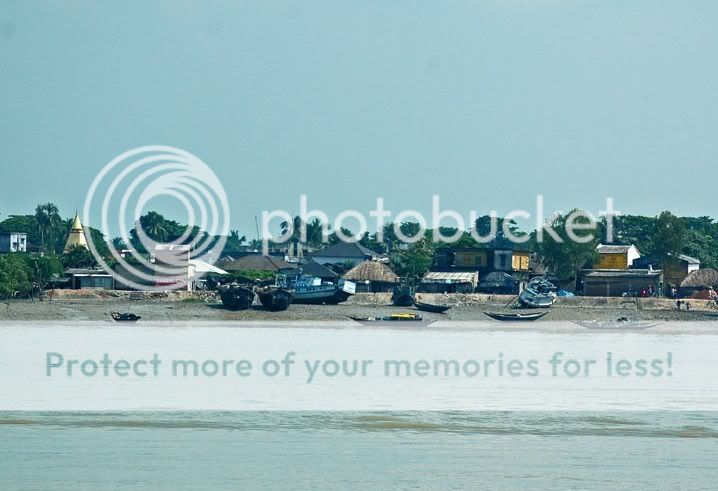I lived in Sundarbans.The Sundarbans Mangroves ecoregion is the world’s largest mangrove ecosystem. Named after the dominant mangrove species Heritiera fomes, locally known as sundri, this is the only mangrove ecoregion that harbors the Indo-Pacific region’s largest predator, the tiger (Panthera tigris). Unlike in other habitats, here tigers live and swim among the mangrove islands, where they hunt scarce prey such as chital deer (Cervus axis), barking deer (Muntiacus muntjak), wild pig (Sus scrofa), and even macaques (Macaca mulatta). Quite frequently, the people who venture into these impenetrable forests to gather honey, to fish, and to cut mangrove trees to make charcoal also fall victim to the tigers.

Every morning is coming to us with new Sun, new Wind and new Hope. We, people of Sundarbans, are also thinking the same as all other people in all over the world. Our hard life and day give us tiredness and hope for the next day. We believe coming day will be more happy so we are living with hope everyday. We share our little happiness with others and we feel happy inside. That’s our life!

This is the ‘Hogol’ river just passing by our village of Basanti. Two villages, Sonakhali and Basanti, are connected with this river and boat is only way of our communication and transportation (presently there is also a bridge).

A village of Sundarbans, south of West Bengal.

Lotus is the national flower of India. In the ponds and small lakes of Sundarbans you could find different colors of lotus flowers, the beauty of nature.




But the ecoregion’s importance is not based solely on its role as a priority tiger conservation area (Dinerstein et al. 1997). Mangroves are a transition from the marine to freshwater and terrestrial systems. They provide critical habitat for numerous species of fishes and crustaceans that are adapted to live, reproduce, and spend their juvenile lives among the tangled mass of roots, known as pneumatophores, that grow upward from the anaerobic mud to get the trees’ supply of oxygen.
“In our legend it is said that the goddess Ganga’s descent from the heavens would have split the earth had Lord Shiva not tamed her torrent by tying it into his ash-smeared locks. To hear this story is to see the river in a certain way: as a heavenly braid, for instance, an immense rope of water, unfurling through a wide and thirsty plain. That there is a further twist to the tale becomes apparent only in the final stages of the river’s journey – and this part of the story always comes as a surprise, because it is never told and thus never imagined. It is this: there is a point at which the braid comes undone; where Lord Shiva’s matted hair is washed apart into a vast, knotted tangle. Once past that point, the river throws off its bindings and separates into hundreds, maybe thousands, of tangled strands.
Until you behold it for yourself, it is almost impossible to believe that here, interposed between the sea and the plains of Bengal, lies an immense archipelago of islands. But that is what it is: an archipelago, stretching for almost two hundred miles, from the Hooghly river in West Bengal to the shores of Meghna in Bangladesh.
The islands are the trailing threads of India’s fabric, the ragged fringe of her sari, the achol that follows her, half wetted by the sea. They number in the thousands, these islands. Some are immense and some no larger than sandbars; some have lasted through recorded history while others were washed into being just a year or two ago. These islands are the rivers’ restitution, the offerings through which they return to the earth what they have taken from it, but in such a form as to assert their permanent dominion over their gift. The river’s channels are spread across the land like a fine-mesh net, creating a terrain where the boundaries between land and water are always mutating, always unpredictable. Some of these channels are mighty waterways, so wide across that one shore is invisible from the other; others are no more than two or three miles long and only a thousand feet across. Yet each of these channels is a river in its own right, each possessed of its own strangely evocative name. When these channels meet, it is often in clusters of four, five or even six; at these confluences, the water stretches to the far edges of the landscape and the forest dwindles into a distant rumor of land, echoing back from the horizon. In the language of the place, suc a confluence is spoken of as a mohona – an oddly seductive word, wrapped in many layers of beguilement.“, Amitav Ghosh, The Hungry Tide, Houghton Millin Books, 2005.
